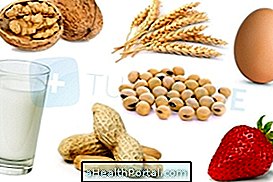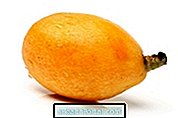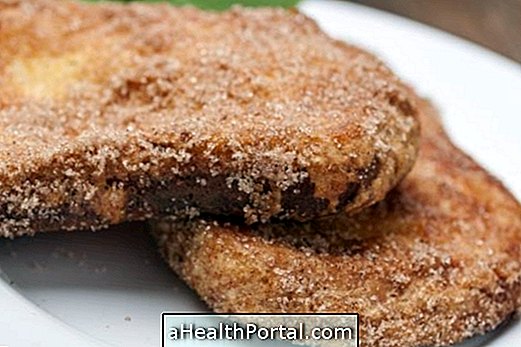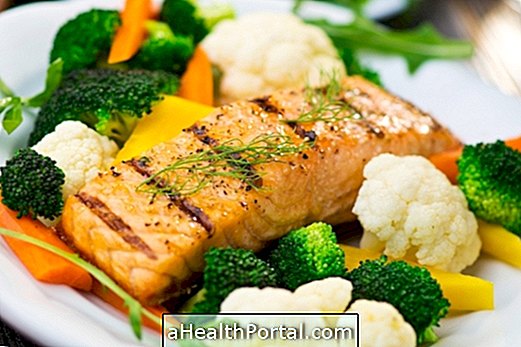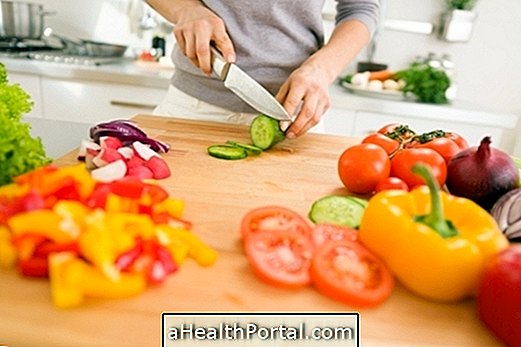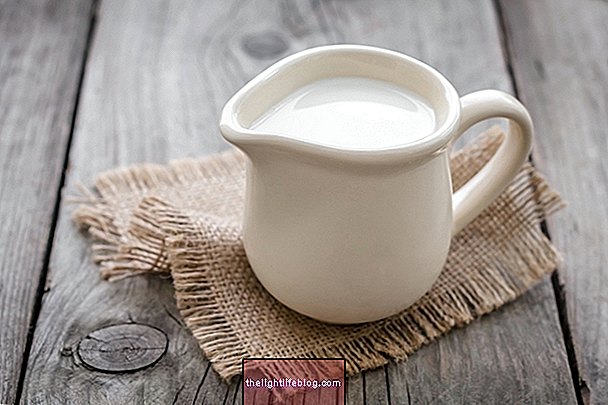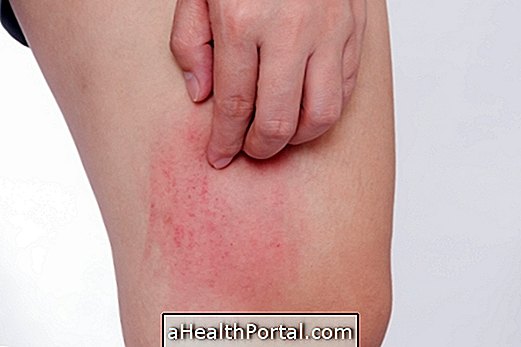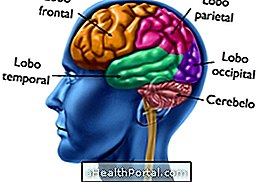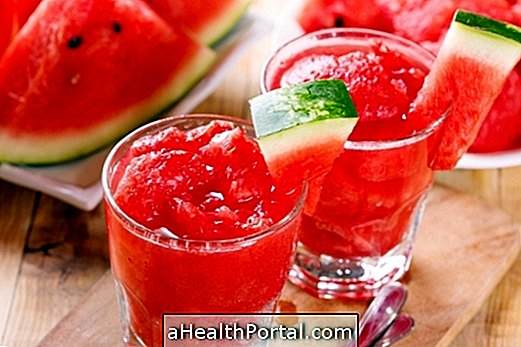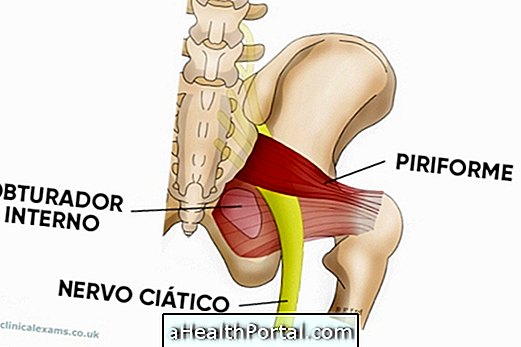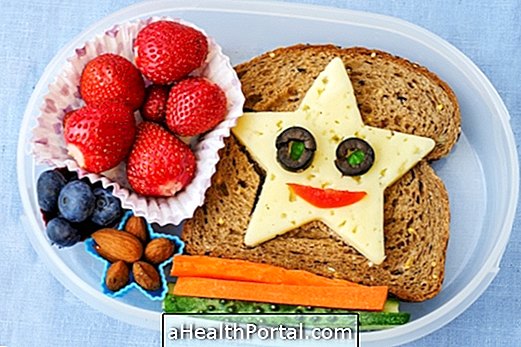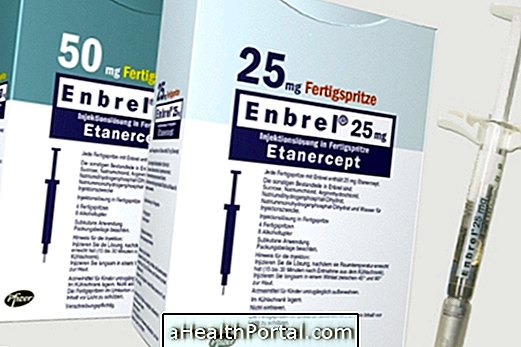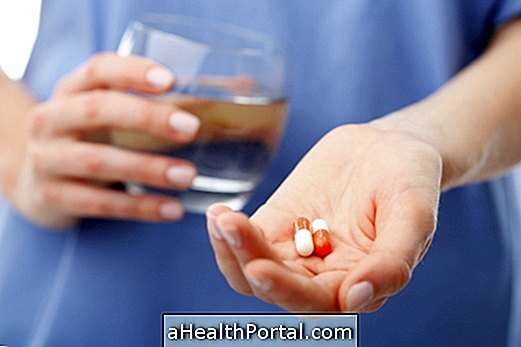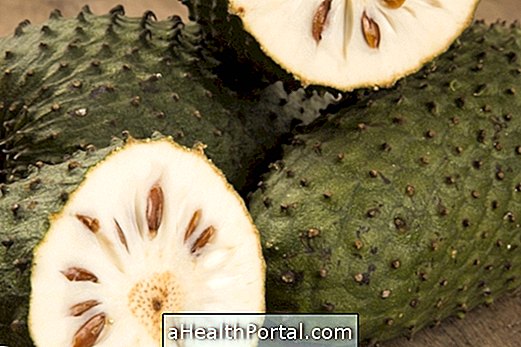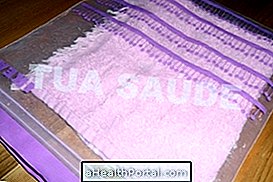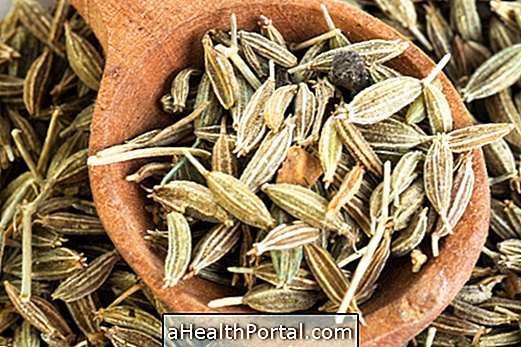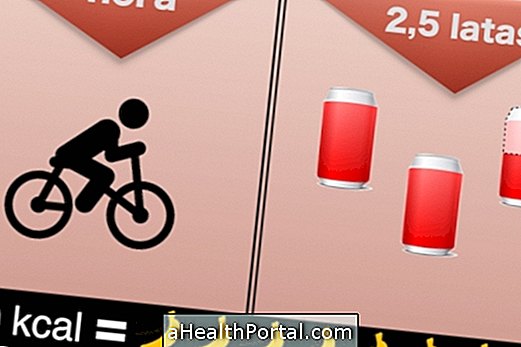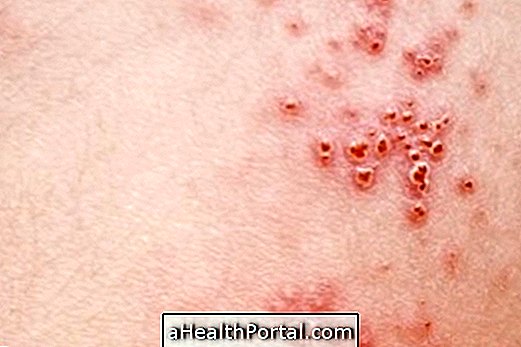In the diet for people with phenylketonuria it is important to control the intake of phenylalanine, amino acid that is present mainly in foods rich in protein, such as meats, fish, eggs, and milk and derivatives.
Phenylketonuria is a genetic disease in which accumulation of phenylalanine occurs in the blood, which can cause growth retardation and mental retardation. This disease is diagnosed in the test of the foot, and the patient with phenylketonuria must be followed by the nutritionist and the doctor for life.
Foods allowed in phenylketonuria
Foods that are freely allowed for people with phenylketonuria are:
- Fruits: acerola, lemon, jabuticaba, gooseberry;
- Flours: starch, manioc;
- Sweets: sugar, fruit jellies, honey, sago, cremogema;
- Fats: vegetable oils, vegetable creams without milk and derivatives;
- Other: candies, lollipops, soft drinks, fruit popsicles without milk, coffee, teas, vegetable gelatine made with seaweed, mustard, pepper.
There are also other foods that are allowed for phenylketonuric, but that should have controlled intake. These foods are:
- Fruits in general, mainly apple, pear, melon, pineapple, grape, passion fruit, watermelon, papaya, kiwi, guava and strawberry.
- General vegetables such as spinach, chard, tomato, pumpkin, yam, potatoes, sweet potatoes, okra, beets, cauliflower, carrots, chuchu.
- Other: egg noodle rice, rice, coconut water.


Although dietary restrictions are great for phenylketonuric, there are many industrialized products that do not have phenylalanine in their composition or that are poor in that amino acid. Some examples of processed foods that are made without phenylalanine are wheat flour, breads, cakes, pasta, sausage and chocolate.
Forbidden foods in phenylketonuria
The banned foods in phenylketonuria are those rich in phenylalanine, which are mainly high protein foods such as:
- Food of animal origin: meats, fish, seafood, milks and derivatives, eggs, and meat products such as sausage, sausage, bacon, ham.
- Food of plant origin: wheat, chickpeas, beans, peas, lentils, soybeans and soy products, nuts, nuts, peanuts, hazelnuts, pistachios, pistachios;
- Sweeteners with aspartame or foods containing this sweetener;
- Products that have banned foods such as cakes, biscuits and bread as an ingredient.
Because the phenylketonuric diet is low in protein, these people should take special amino acid supplements that do not contain phenylalanine to ensure proper growth and function of the body.


Amount of phenylalanine allowed by age
The amounts of phenylalanine that can be eaten every day vary according to age and weight, and the feeding of phenylketonuric acid should be such as not to exceed the permitted phenylalanine values. The list below shows the permitted values of this amino acid according to the age range:
- Between 0 and 6 months: 20 to 70 mg / kg per day;
- Between 7 months and 1 year: 15 to 50 mg / kg per day;
- From 1 to 4 years of age: 15 to 40 mg / kg per day;
- From 4 to 7 years of age: 15 to 35 mg / kg per day;
- From 7 onwards: 15 to 30 mg / kg per day.
If the patient with phenylketonuria ingests phenylalanine only in the allowable amounts, their motor and cognitive development will not be compromised. To learn more, read: Understand better what Phenylketonuria is and how it is treated.
Dietary menu for fecilcetonuria
The menu of the diet for phenylketonuria should be customized and prepared by a nutritionist, as it should take into consideration the patient's age, the amount of phenylalanine allowed and the results of the patient's blood tests.
Example of a menu for a 3-year-old child with phenylketonuria:
Tolerance: 300 mg phenylalanine / day
| Menu | Amount of phenylalanine |
| Breakfast | |
| 300 ml of specific formula | 60 mg |
| 3 tablespoons of cereals | 15 mg |
| 60 g canned peach | 9 mg |
| Lunch | |
| 230 ml of specific formula | 46 mg |
| Half slice of bread with low protein content | 7 mg |
| One teaspoon of jam | 0 |
| 40 g cooked carrots | 13 mg |
| 25 g canned apricots | 6 mg |
| Snack | |
| 4 slices of peeled apple | 4 mg |
| 10 biscuits | 18 mg |
| Specific formula | 46 mg |
| Dinner | |
| Specific formula | 46 mg |
| Half a cup of low-protein pasta | 5 mg |
| 2 tablespoons tomato sauce | 16 mg |
| 2 tablespoons cooked green beans | 9 mg |
|
TOTAL | 300 mg |
It is also important that the patient and his / her relatives check the labels of the products whether or not the food has phenylalanine and its content, thus adjusting the amount of food that can be consumed.
See too:
- Treatment for phenylketonuria
How to care for the baby with Phenylketonuria
